We just finished a HUGE project, and as always, it’s reflection time! So, the reason that this project was so big, was because it was the focus of our field school in Alberta. I’m not going to talk much about what happened overall in Alberta, but I will talk about a few locations we went to that were particularly important to my project. It’s about time I talk about the project itself, starting with the driving question: how does place impact who we are? For our launch milestone, we had to reflect on the driving question, and really think about how place affects us. We then had to create something to show our thinking. This is what I made:
It’s basically a few examples of how place impacts you. This wasn’t a particularly big milestone, it was mostly for us to brainstorm answers to the driving question. Our next milestone was called using a lens. Basically, there are 4 different ways to look at something, lenses, if you will. There are the political, geographical, economical, and societal lenses. The political lens focuses on politics, the geographical on the environment, the economical on money, and the social on how it impact peoples social lives. We then were assigned an article, and had to choose a lens to focus on. I got an article on the B.C. wolf cull, and chose the geographical lens. I pretty much just talked about the effect the cull would have on the environment, but this milestone was very important in showing us how to use lenses. The next milestone was pre-trip plan. By this point we had been assigned our groups, and I got the First Nations. That means I was officially doing a project on how place impacts the First Nations, and what has changed over time. For the pre trip plan, we had to do some research on our group, and make up a shot list for a video, which was the final goal of the project, to have a video answering the driving question. Most of the pre trip plan was just written research, but I have a photo of a timeline I made that I can show you.
And after that milestone, we finally went to Alberta! I really want this blog post to be about this project and my learning, and not about random things we did in Alberta, but I feel I should still put a map of the route we were traveling.
As I want this post to stay on topic with the project, I’m only going to write about the places in the trip that were useful to my research. One of the first useful sites we went to was the Banff cave and basin. 
I actually managed to talk with one of the tour guides, and got some pretty good information on the kind of things that happened to sites of cultural significance like the cave and basin when the Europeans came. The next site we saw that was very helpful was the Glenbow museum. The place is a treasure trove of First Nations history, art, and artifacts.
I got pretty much all my photos from there, and a great deal of information as well. The third really useful site, and what I think was the most helpful out of all of them, was the heritage park. We started out looking at old buildings and learning lots of European history, but not much First Nations history. And then near the end of our stay we came across a First Nations man in a teepee with all sorts of traditional tools on the floor. Apparently he was there to teach people about First Nations history, and although I wasn’t able to record an interview with him, I was still able to talk to him and ask him some questions. The information I got was invaluable. I got an answer to my every question about what had changed for the First Nations after the Europeans came. I think more than half of my information came from this guy. It sucked when we had to leave the heritage park, because I probably could have come up with more questions, but I still got all the information I needed. The final important site was the Rocky Mountain buffalo ranch. 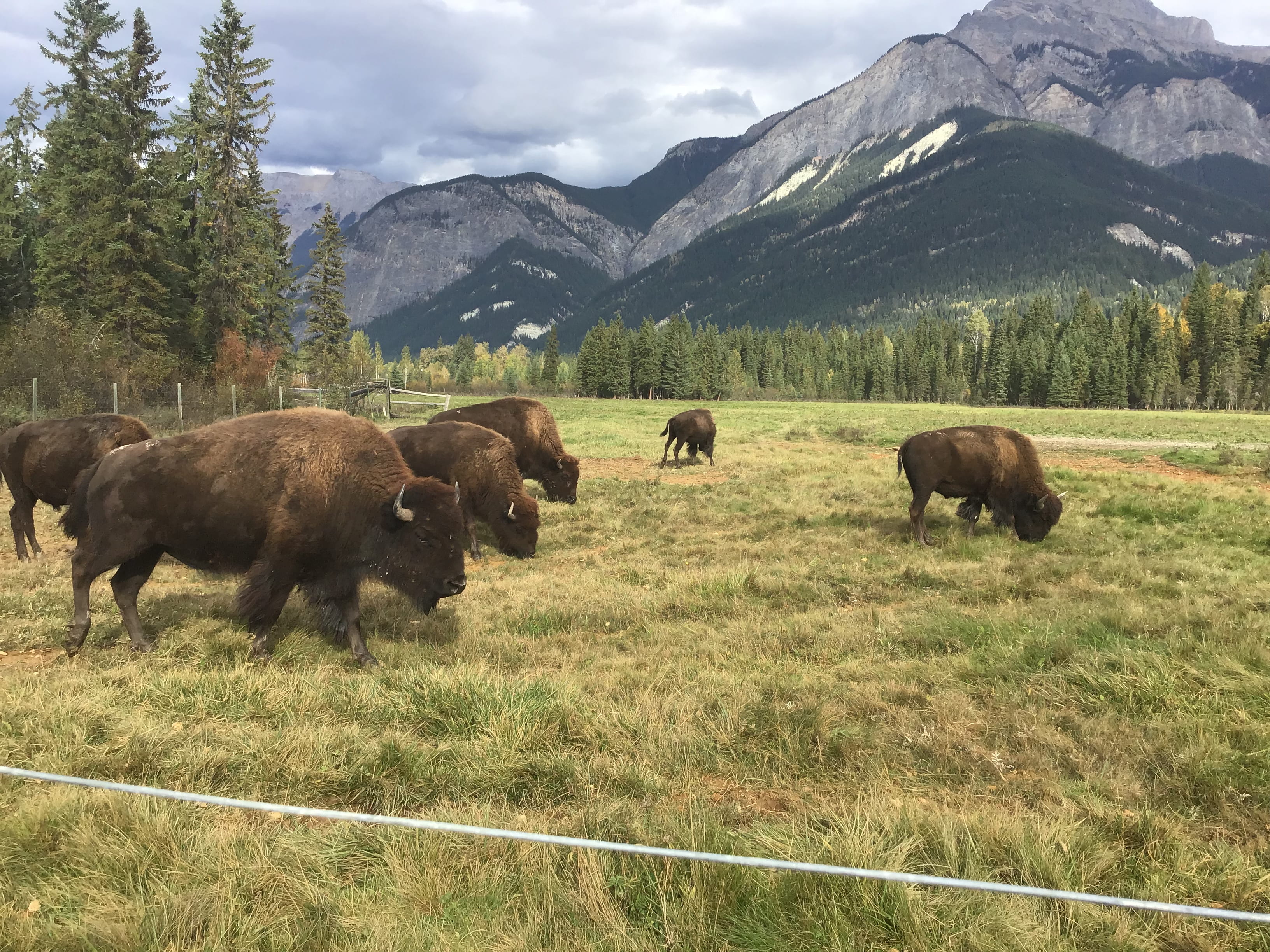
This was important because as you probably know, the First Nations used the buffalo for many things, and I got to find out what kind of many things they were used for. Leo Downey, the man running the ranch, also knew everything about the buffalo, including the cultural significance the buffalo had to the First Nations. After this stop, I was not short on knowledge of the buffalo. And that’s pretty much all the important stops in Albert, but when we got back, we had to actually work on our video. The fifth milestone was to make a draft of our video and get critique. Here is my first draft, and you can see why I got critique.
https://www.youtube.com/watch?v=WGDJbfti-yQ&list=UUqJcEm84M1KCsxoCAYY-VfA&index=2
Seeing this critique, I immediately set to changing my video, as it was our final milestone. It was hard work, but here is my final video!
https://www.youtube.com/watch?v=uaAQxyKMA7s&list=UUqJcEm84M1KCsxoCAYY-VfA&index=5
So yeah, that video was my answer to the driving question, how does place impact who we are, and what has changed? In conclusion of what I learned, I definitely learned the answer to the driving question, and now really know how important place is to me, and all of us.









 Our next milestone was a second draft of our game. We had this feedback to base our second draft on:
Our next milestone was a second draft of our game. We had this feedback to base our second draft on:

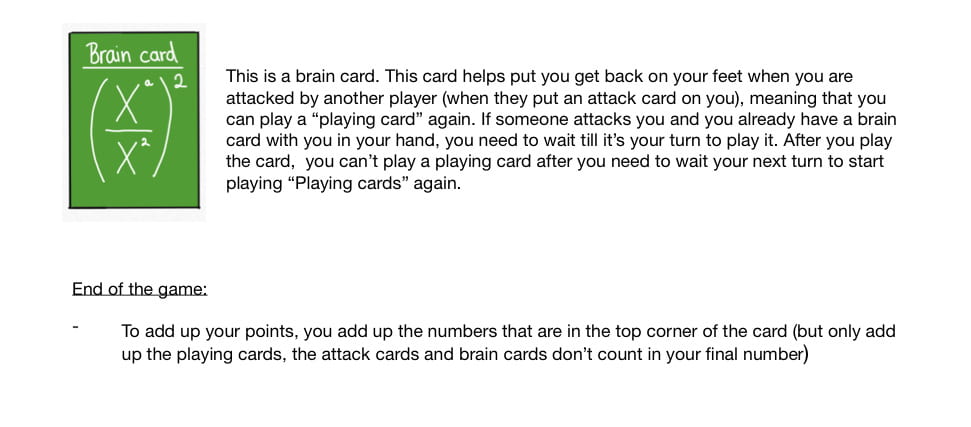 The final milestone was to have another class come in and play our game. This went pretty well, and lots of people from the other class had fun playing our game. So, overall, I think our game was a pretty good success, as it was pretty fun, and helped me learn exponent laws in the process. So now I can confidently answer the big idea, “How does math make games more complex, interesting, and replayable?“, in that math makes games more random, and gives more of a sense of chance to games. It can insure that every game you play will have a different outcome. It is also useful for points. And for the curricular competencies, it definitely helped, as I knew nothing about exponent laws before, and now I can confidently say I am proficient in using the exponent laws. And that’s about it for this blog post, thanks for reading!
The final milestone was to have another class come in and play our game. This went pretty well, and lots of people from the other class had fun playing our game. So, overall, I think our game was a pretty good success, as it was pretty fun, and helped me learn exponent laws in the process. So now I can confidently answer the big idea, “How does math make games more complex, interesting, and replayable?“, in that math makes games more random, and gives more of a sense of chance to games. It can insure that every game you play will have a different outcome. It is also useful for points. And for the curricular competencies, it definitely helped, as I knew nothing about exponent laws before, and now I can confidently say I am proficient in using the exponent laws. And that’s about it for this blog post, thanks for reading!
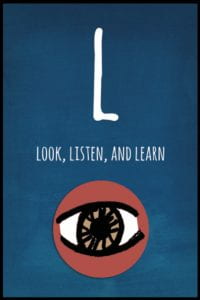




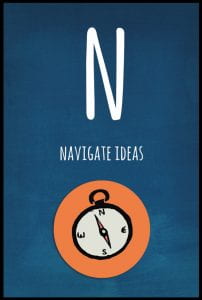
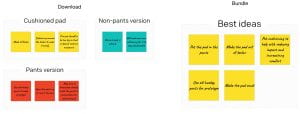

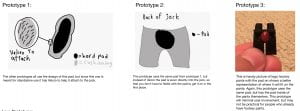
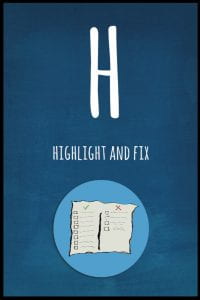



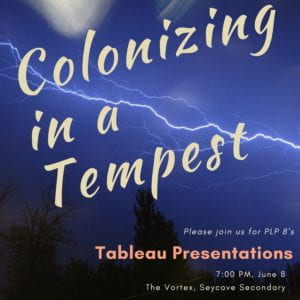
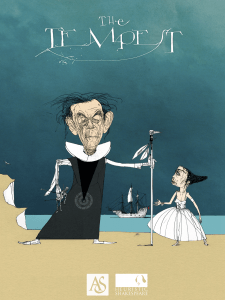






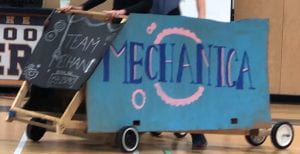


 We had to fill out rolesheets for every third of the book we read, the first one I did was draw something that I felt the book reminded me of, the second one was researching something in the book I found interesting, and the final one I did was connecting the reading to things that are happening now, other media, etc.
We had to fill out rolesheets for every third of the book we read, the first one I did was draw something that I felt the book reminded me of, the second one was researching something in the book I found interesting, and the final one I did was connecting the reading to things that are happening now, other media, etc.  We also had to write a paragraph on how the cultural exchange affected the Christians and muslims and why.
We also had to write a paragraph on how the cultural exchange affected the Christians and muslims and why.  The main thing I learned from this part of the project was how many different things can lead to changes in worldview, and kind of helped me understand worldview better by giving me a good example of how it can change. For the next part of the project we had to make a Venn diagram and MindNode that showed the shifts in our worldview from elementary to secondary. For the Venn diagram, we were supposed to take our changes in worldview, our peers changes in worldview, and what the experts thought generally changed in the mind of someone who was changing from elementary to secondary.
The main thing I learned from this part of the project was how many different things can lead to changes in worldview, and kind of helped me understand worldview better by giving me a good example of how it can change. For the next part of the project we had to make a Venn diagram and MindNode that showed the shifts in our worldview from elementary to secondary. For the Venn diagram, we were supposed to take our changes in worldview, our peers changes in worldview, and what the experts thought generally changed in the mind of someone who was changing from elementary to secondary.
